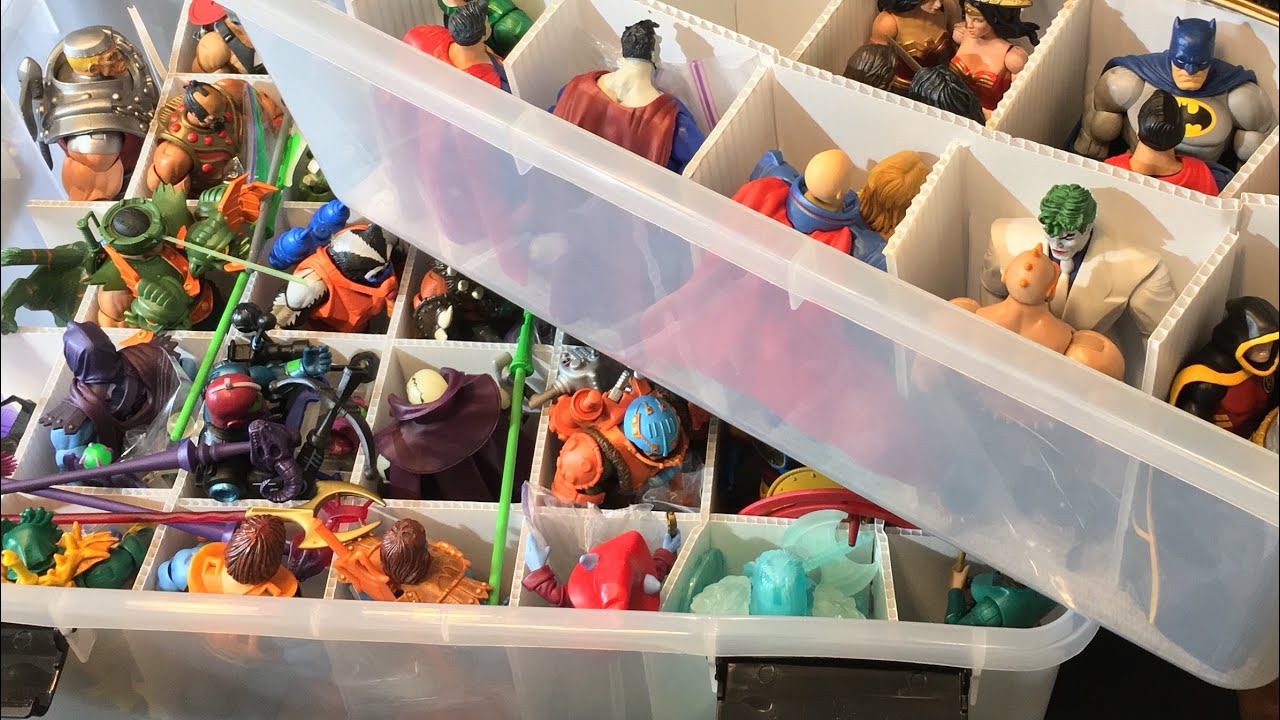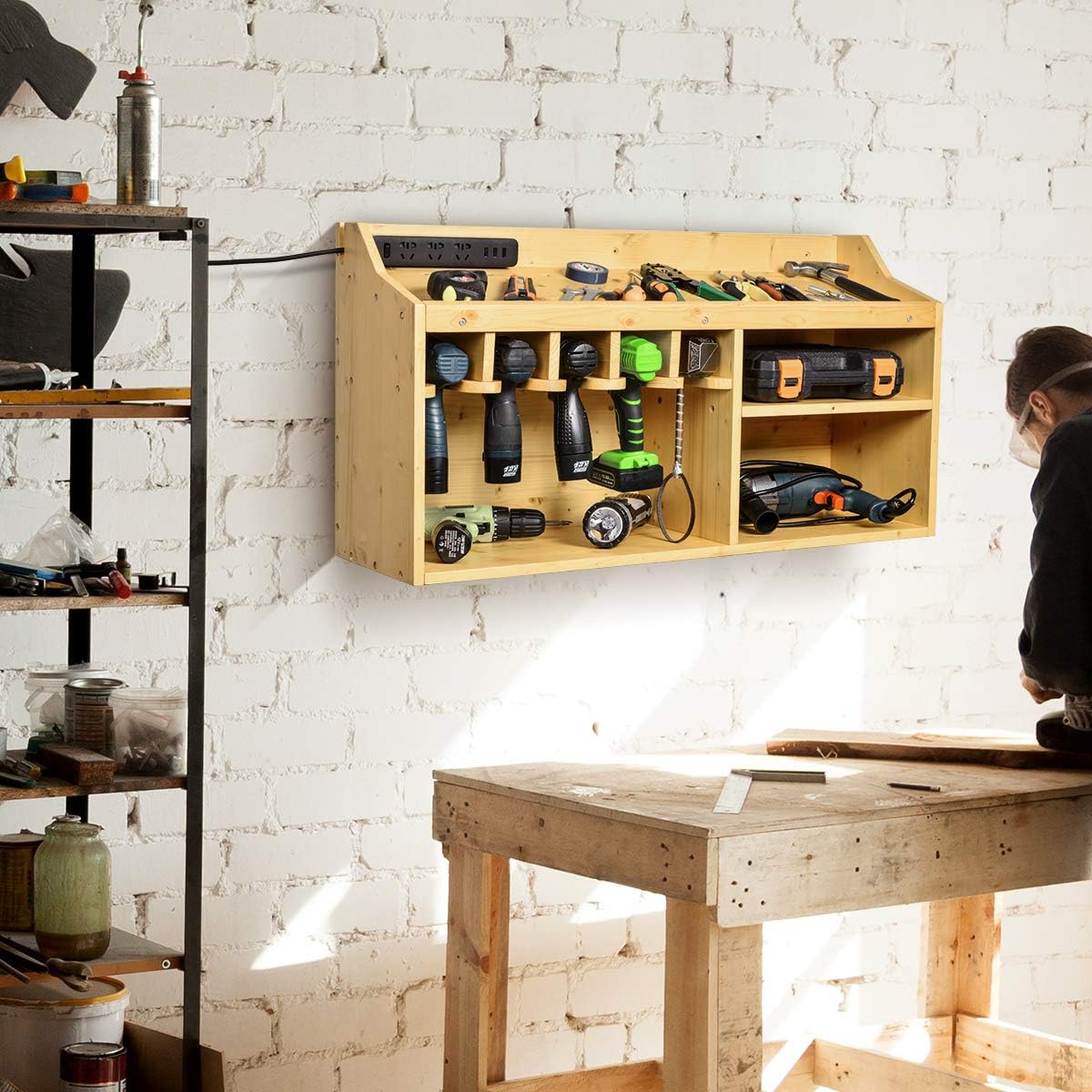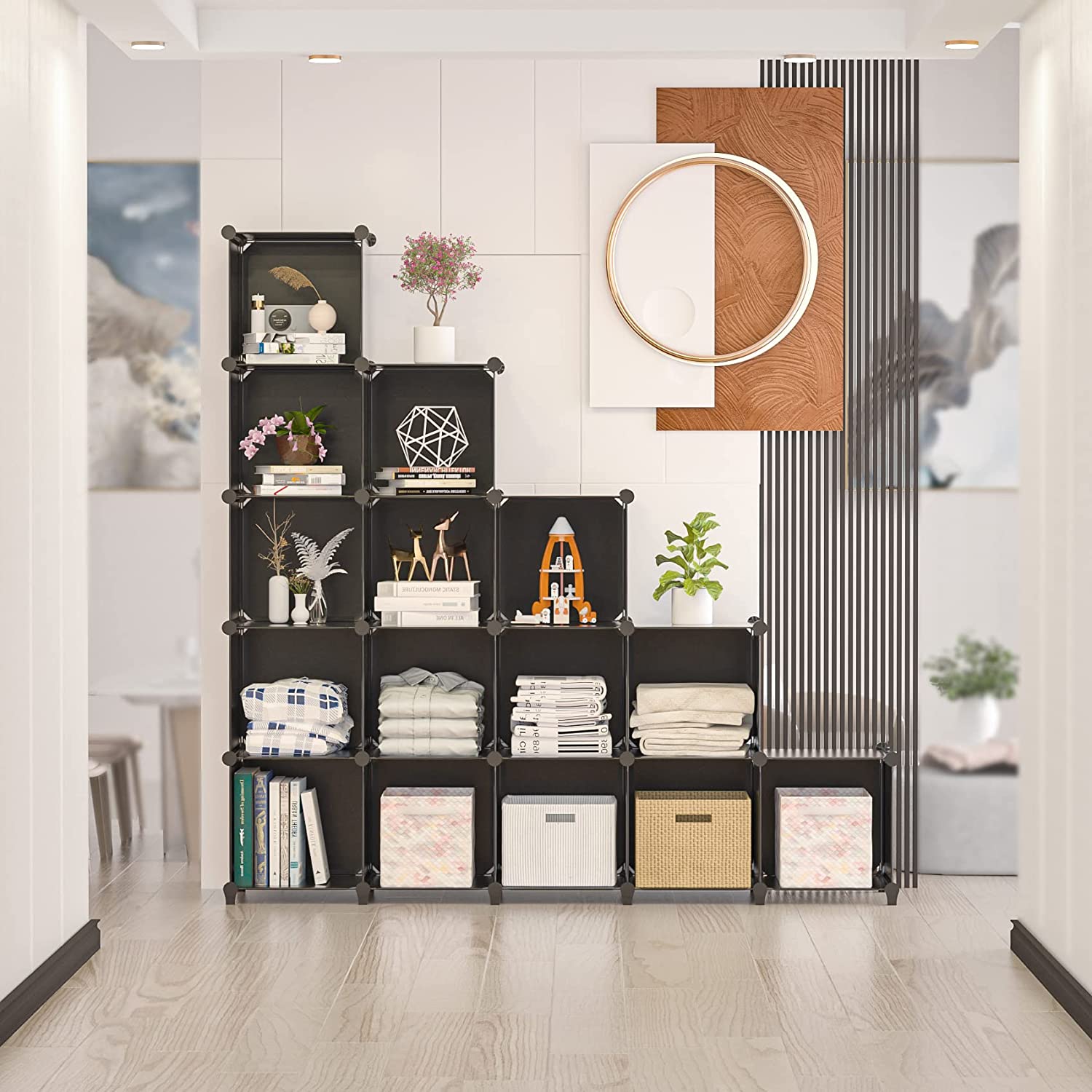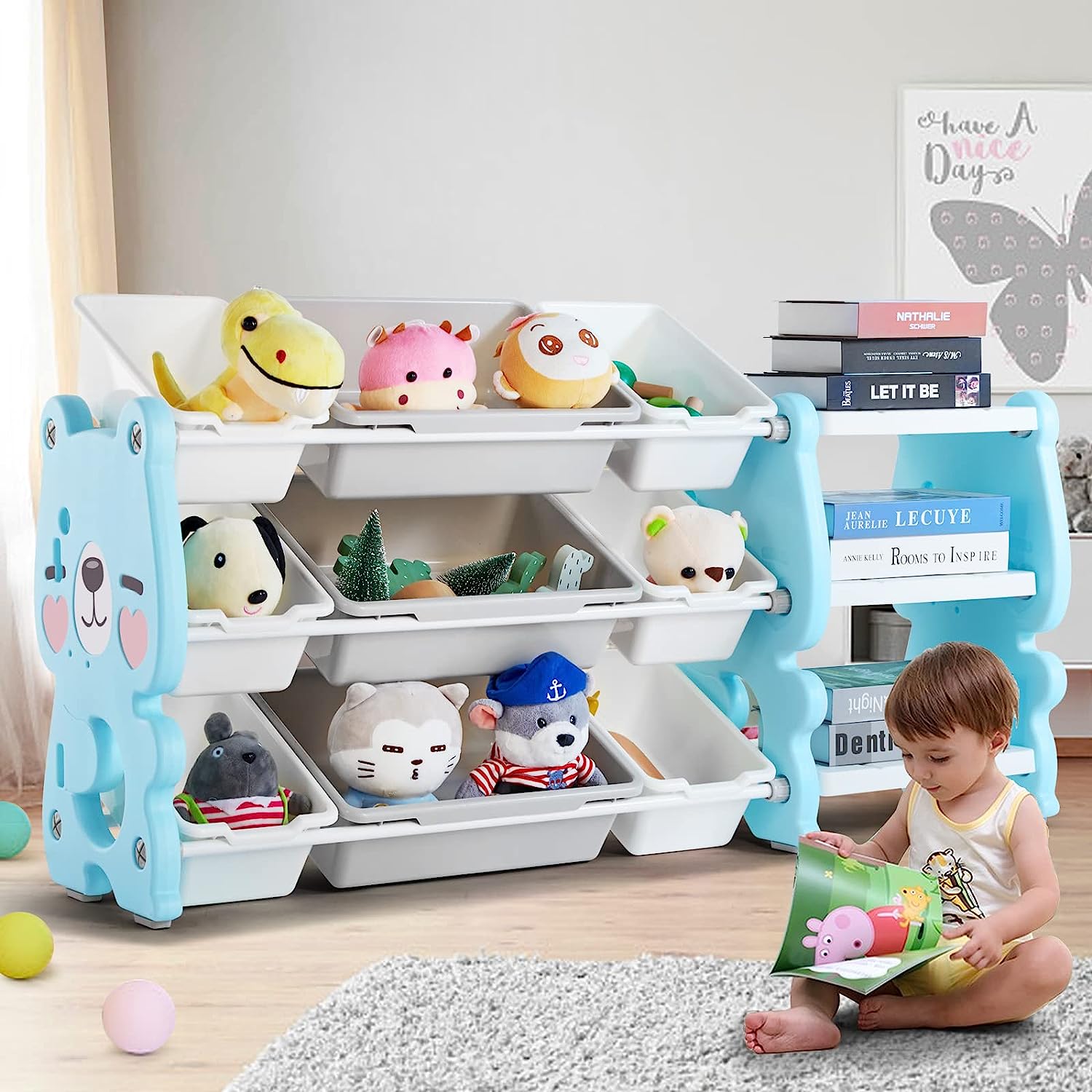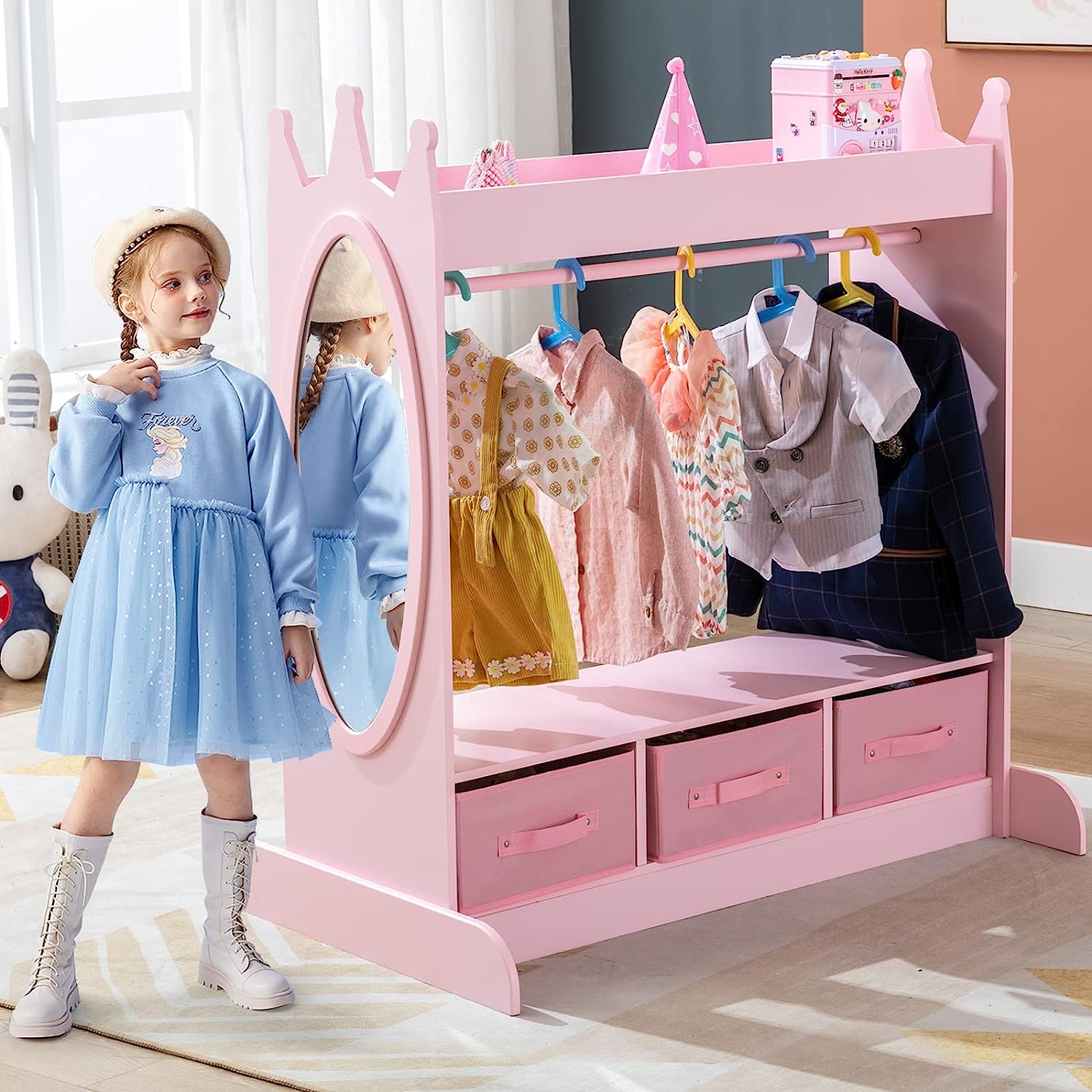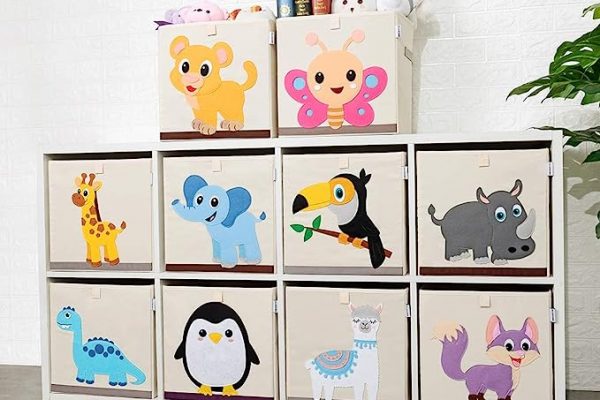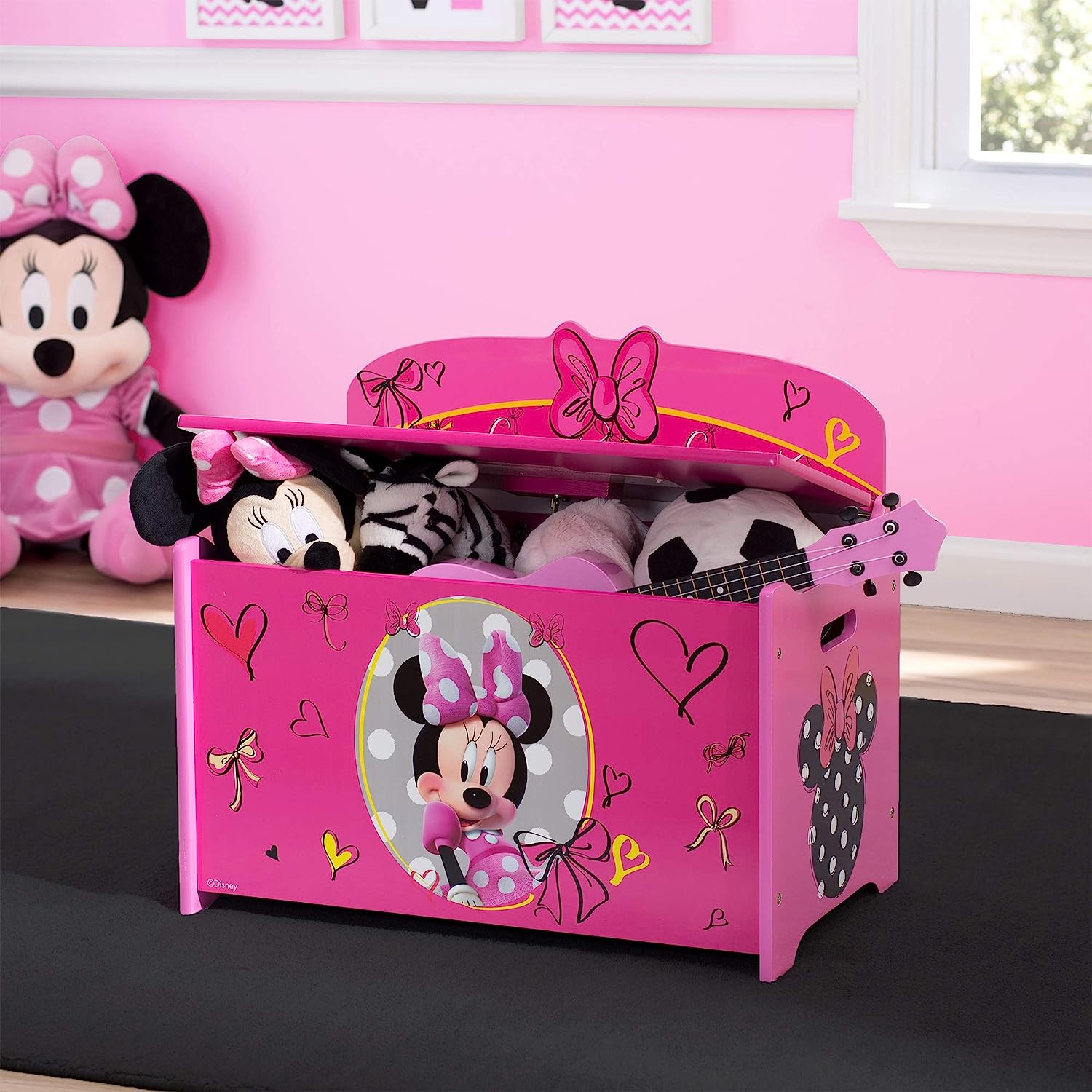Home> Toy Storage
Toy Storage Solutions: Ultimate Guide to Organizing Kids' Playrooms
Discover the best toy storage solutions for a clutter-free home. Explore our pillar page on organizing kids’ playrooms for space-saving ideas and tips.
14 Best Shop Organizers And Storage For 2024
By: Oliver Mitchell • Versatile Storage Ideas For A Spotless Home All Year Round
13 Best Cubbies Storage Shelves For 2024
By: Alexander Johnson • 30 Best Storage Shelves To Get Your Money's Worth
11 Best Toy Storage Bin For 2024
By: Sophie Thompson • 70 Bedroom Storage Products For A Relaxing Space
13 Best Playroom Storage For 2024
By: Emily Roberts • Best Living Room Storage: The Ultimate Guide
14 Best Dress Up Storage For 2024
By: Alexander Johnson • 70 Bedroom Storage Products For A Relaxing Space
10 Best Toy Storage Cubes to Help Control the Clutter
By: Sophia Turner • Versatile Storage Ideas For A Spotless Home All Year Round
11 Best Toy Boxes And Storage For 2024
By: Amelia Brooks • Versatile Storage Ideas For A Spotless Home All Year Round
